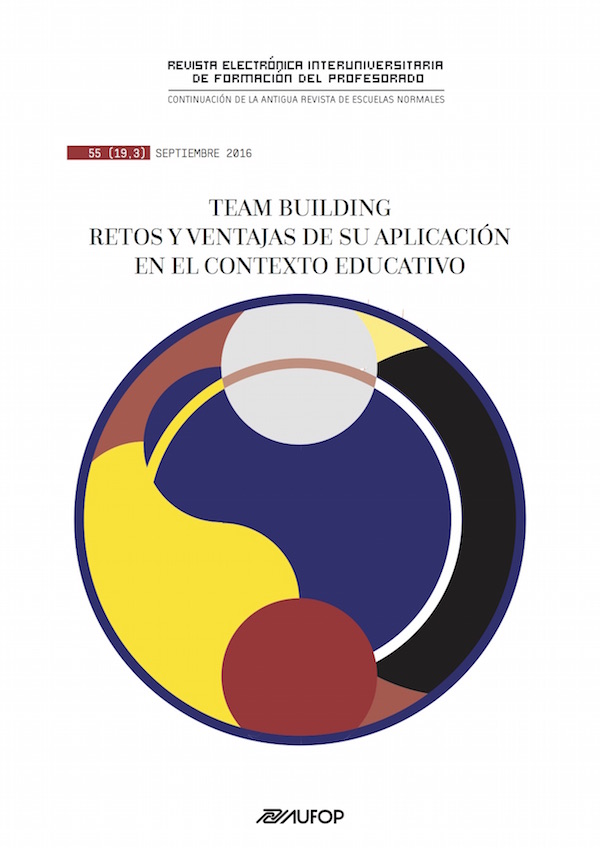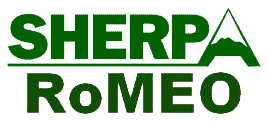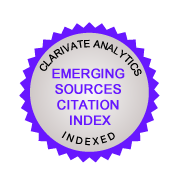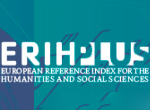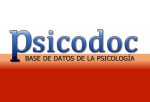What the difference between the Spanish and Finnish teachers? A step to reality: from the training to the teaching practice
Abstract
The development of current researches and evaluations, focused on the teaching practice in the classroom, has as a main aim to make progress and improve the teaching and learning processes. For this reason and because of the importance of responding to the students’ needs in the twenty-first century, it has been carried out a comparative study about the theoretical education and the teaching practice in Spain and Finland. In such investigation the leading strategies used in the classroom by Finnish and Spanish teachers are collected.
For the achievement of this goal, a questionnaire made up of five dimensions was developed. These dimensions are: methodological strategies, planning strategies, educational strategies, technology strategies and evaluation strategies. Such questionnaire consists of a total 39 items, filled in by 60 Primary Education teachers (20 from Madrid, 20 from Ciudad Real and 20 from Finland).
After the statistical analysis made, we can agree that there are significant differences in the way Spanish and Finnish teachers are trained and as a consequence of this different academic education, the Finnish teachers are the ones who get the highest marks in the use of practical strategies in the classroom.
Downloads
-
Abstract1041
-
PDF (Español (España))708
Los artículos que se publican en esta revista están sujetos a los siguientes términos:
1. El Departamento de Métodos de Investigación y Diagnóstico en Educación de la Universidad de Murcia (España), junto con el Servicio de Publicaciones de la Universitdad de Murcia (Editum) son los editores de la revista REIFOP y conserva los derechos patrimoniales (copyright) de los artículos publicados, permitiendo la reutilización de las mismos bajo la licencia de uso indicada en el punto 2.
2. Las obras se publican en la edición electrónica de la revista bajo una licencia Creative Commons Reconocimiento-NoComercial-SinObraDerivada 3.0 España (texto legal). Se pueden copiar, usar, difundir, transmitir y exponer públicamente, siempre que: i) se cite la autoría y la fuente original de su publicación (revista, editores y URL de la obra); ii) no se usen para fines comerciales; iii) se mencione la existencia y especificaciones de esta licencia de uso.
3. Condiciones de auto-archivo. Se permite y se anima a los autores a difundir electrónicamente las versiones pre-print (versión antes de ser evaluada) y/o post-print (versión evaluada y aceptada para su publicación) de sus obras antes de su publicación, ya que favorece su circulación y difusión más temprana y con ello un posible aumento en su citación y alcance entre la comunidad académica. Color RoMEO: verde.

